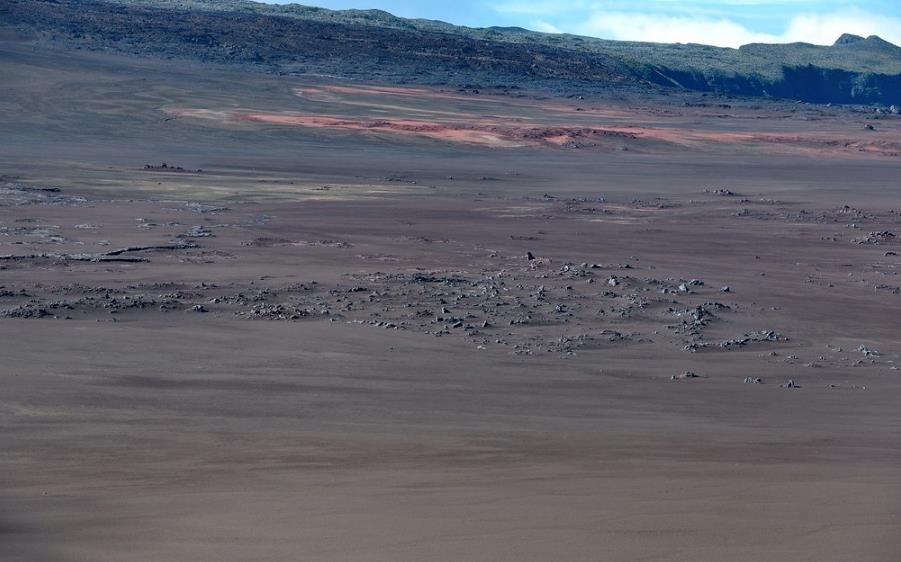A space rock slammed into the moon on December 25, 2023, creating a bright flash that was visible from Japan. The impact was captured by a telescope operated by the National Astronomical Observatory of Japan (NAOJ), which shared the video on its website.
The moon has no atmosphere to protect it from incoming objects, so even small rocks can hit the surface at high speeds and cause explosions. According to NAOJ, the space rock that hit the moon on Christmas Day was estimated to be about 10 centimeters in diameter and weighed about 2 kilograms. It hit the moon at a speed of about 15 kilometers per second, releasing an energy equivalent to 100 kilograms of TNT.
The impact site was located near the edge of Mare Serenitatis, a large dark plain on the moon’s near side. The flash lasted for about 0.1 seconds and was bright enough to be seen by the naked eye. NAOJ said that this was the first time that a lunar impact was observed from Japan since it started monitoring the moon in 2016.

Why Is It Important to Study Lunar Impacts?
Lunar impacts are not only spectacular events, but also valuable sources of information for scientists. By analyzing the frequency, size, and distribution of lunar impacts, researchers can learn more about the origin and evolution of the moon, as well as the population and characteristics of near-Earth objects (NEOs) that pose a potential threat to our planet.
NAOJ is one of the many institutions around the world that participate in the International Lunar Network (ILN), a collaborative project to monitor and study lunar impacts. The ILN uses telescopes, cameras, and sensors to detect and record lunar flashes, and shares the data with other members. The ILN also aims to establish a permanent network of robotic stations on the moon to conduct long-term observations and experiments.
How Can You See Lunar Impacts Yourself?
If you are interested in seeing lunar impacts yourself, you will need a telescope with a diameter of at least 20 centimeters and a camera that can record video at a high frame rate. You will also need a clear sky and a dark location away from light pollution. The best time to observe lunar impacts is during the full moon or the waxing or waning gibbous phases, when the moon is bright and large in the sky.
You will need to point your telescope at the moon and record the video for at least a few hours. Then, you will need to review the video and look for any flashes or changes in brightness on the lunar surface. You can also use software tools to help you detect and analyze lunar impacts, such as LunarScan or MoonZoo. If you find a lunar impact, you can report it to the ILN or other organizations that collect and verify lunar impact data, such as the European Space Agency (ESA) or the Lunar Meteorite Watch (LMW).
Lunar impacts are rare and unpredictable events, so you will need patience and luck to catch one. However, if you do, you will witness a fascinating phenomenon that reveals the dynamic nature of our cosmic neighbor and the solar system.
